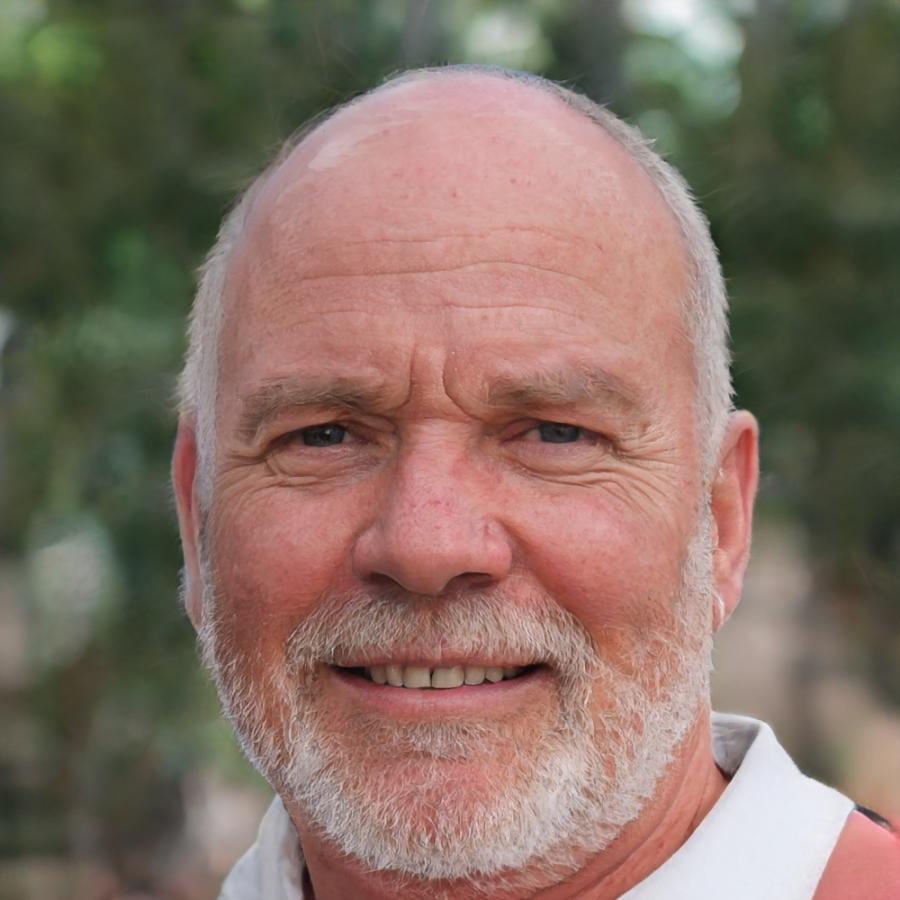We Started With a Simple Question
Why is practical game development education so hard to find?
Back in 2019, three former mobile developers sat in a Zaragoza café and noticed something odd. Students everywhere wanted to build games, but most programs taught theory while the industry needed hands-on skills. So we started Quinza Core with one goal: close that gap.
Six Years of Real Progress
We didn't grow overnight. Each year brought challenges that shaped how we teach today.
The Beginning
Started with 12 students in a shared workspace. We taught Unity basics and watched them struggle with the same problems we had years earlier. That first cohort taught us more than we taught them.
Curriculum Rebuild
After feedback from 40 graduates, we completely rewrote the program. Added two months of actual project work because employers kept asking for portfolios, not certificates.
Industry Partnerships
Connected with eight Spanish studios. Students now work on real problems from actual development teams. Some assignments come directly from ongoing projects.
Who Actually Teaches Here
Our instructors aren't academic researchers. They're people who shipped games, made mistakes, and learned what works in production environments.
Experience That Matters
Everyone on our team has at least five years in mobile development. Not because we have arbitrary requirements, but because teaching optimization techniques only makes sense if you've debugged performance on 200 different Android devices.
Our lead instructor spent three years at a Barcelona studio working on a game that hit 2 million downloads. Another team member led QA for a puzzle game that somehow stayed in app stores for seven years. These experiences shape every lesson.
We don't pretend to know everything. When new rendering techniques emerge or Apple changes their review process, we adjust. Students see us learning alongside them, which honestly feels more honest than acting like experts on everything.
Our Teaching Philosophy
Show, don't lecture. Students spend more time coding than listening to presentations. When someone gets stuck, we debug together rather than just giving answers. Mistakes are part of the process, and we're open about our own.

Marc Bellido
Lead Development Instructor
Spent eight years building mobile games before switching to teaching. Still writes code daily and maintains two open-source Unity tools. Gets genuinely excited about efficient particle systems.
How We Actually Structure Learning
Most programs follow a predictable pattern: lectures, assignments, exams. We tried that initially. It didn't prepare anyone for real development work.


Project-Based Learning
Month 1-2: Fundamentals Through Building
Students create three small games from scratch. Each one focuses on different mechanics: physics, UI systems, then basic AI. No tutorials to follow blindly—just requirements and instructor support when needed.
Month 3-4: Real Problem Solving
Work begins on actual optimization challenges from partner studios. Past projects included reducing load times for a match-3 game and improving touch response in an endless runner. Messy, frustrating, valuable.
Month 5-6: Portfolio Development
Students build one complete game while documenting their process. The goal isn't perfection but demonstrating problem-solving ability and technical understanding through working code.
Average Project Scope
weeks of development per major project with iterative feedback cycles
Code Review Sessions
individual reviews throughout the program focusing on practical improvements
Studio Collaboration
weeks working directly with industry partners on real development challenges
Programs Start September 2025
Applications open in April. If you want to know more about curriculum details, schedule, or what students actually build, reach out. We answer questions directly, not through automated responses.
Get Program Information